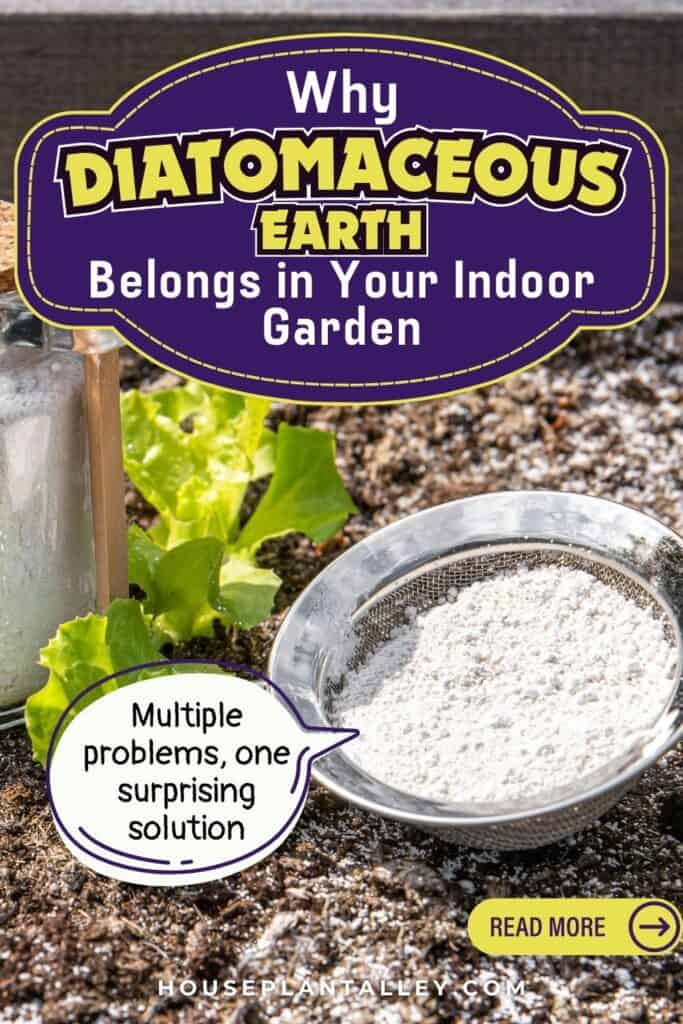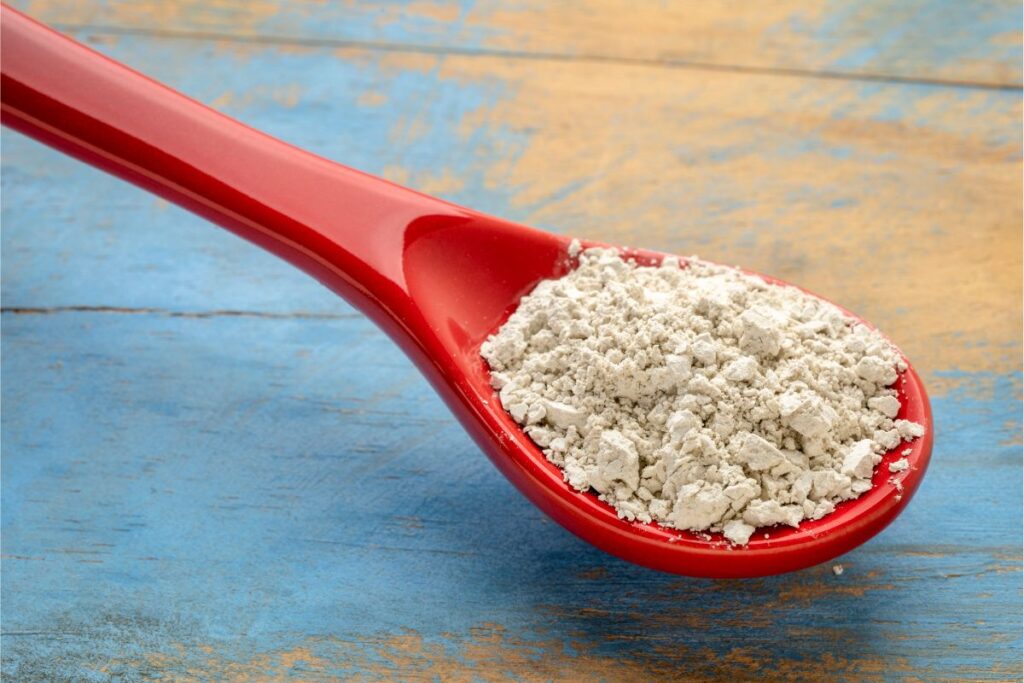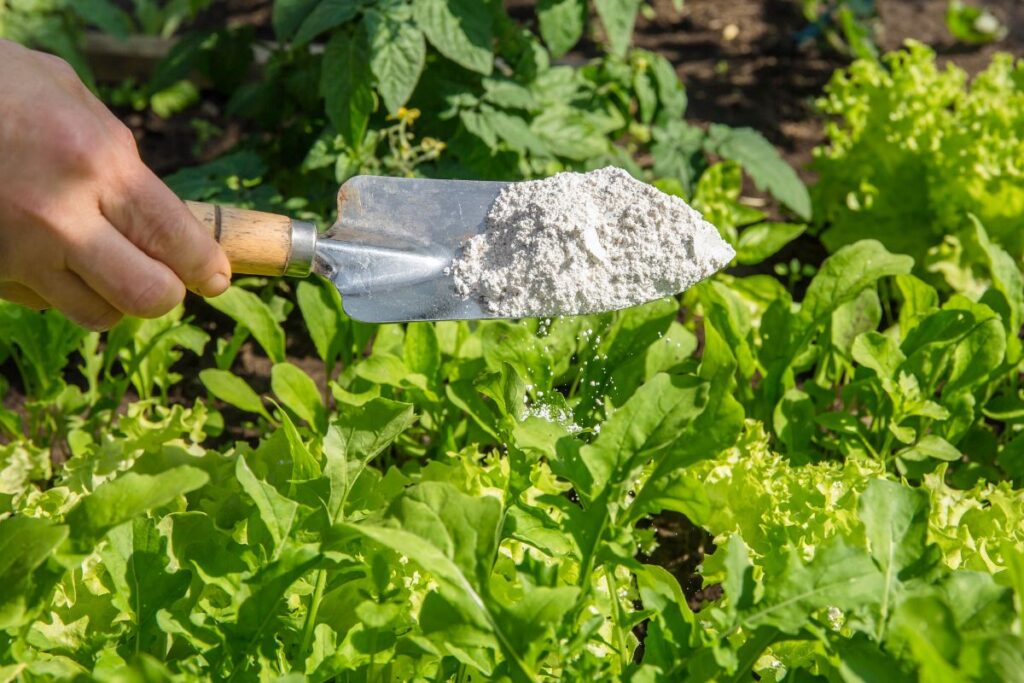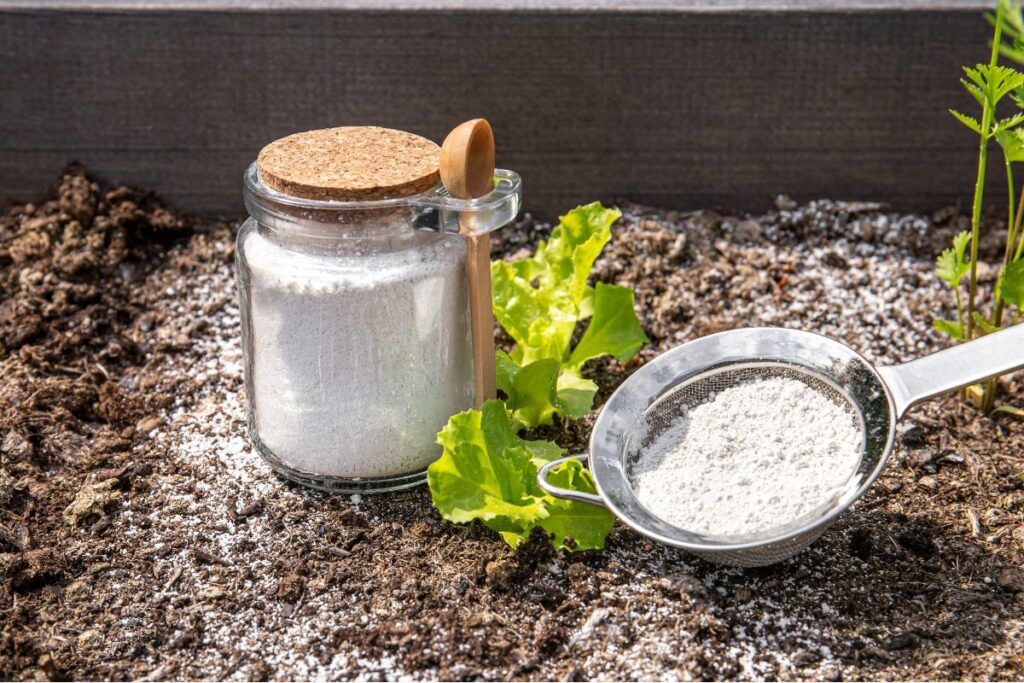Taking care of house plants can be a great way to bring life into your home. It can also be quite a challenge, especially when pests and diseases become an issue. If you’re looking for an effective, natural solution for pest control, diatomaceous earth may be the answer! In this article, we’ll provide you with an ultimate guide on diatomaceous earth for house plants so that you can protect your beloved greenery without worrying about safety concerns.
You’ll learn all about the benefits of using diatomaceous earth, how to apply it in potted plants, and how often it should be used. Plus, we’ll clear up any confusion around whether or not diatomaceous earth can actually kill your plants! So read on to get the facts and feel confident knowing that you have a safe and healthy solution at hand.

Contents
What Is Diatomaceous Earth?
Diatomaceous earth is an amazing natural powder made from sedimentary rock, usually referred to as kieselguhr or diatomite – and it’s a must-know for house plant lovers! It has some unique properties that make it great for preventing pests, soil aeration, pest control, and even natural fertilizer. Plus, the porous qualities of this powder make it perfect for retaining moisture in the soil and providing essential nutrients to your plants.
The micron sizes range from tiny (about one millimeter) up to 200 microns and its composition consists mainly of silica salt with small amounts of iron oxide and alumina. It also contains fossilized diatoms which give it its name. With all these benefits, it’s no wonder why so many house plant owners are turning to diatomaceous earth as their go-to choice for keeping their plants healthy!
Benefits Of Diatomaceous Earth For House Plants

For gardeners looking to boost their house plants’ health, diatomaceous earth can offer numerous benefits. Not only is it a natural pest control that is safe to apply on plants, but it also enriches the soil and helps purify the air. Diatomaceous earth also helps improve water retention in soil, which makes it an ideal choice for those with a green thumb! It’s easy to incorporate into any gardening routine and will help keep your houseplants healthy and thriving.
Furthermore, diatomaceous earth works as a great deodorizer for your plants as well as providing overall cleanliness in the air around them. With all these features combined, you can rest assured that your house plants will be receiving the best care possible while remaining safe from toxic pesticides or other harmful chemicals.
How To Use Diatomaceous Earth In Potted Plants

If you’re looking to protect your potted plants from pests, diatomaceous earth can be a great choice! This natural pest management technique is effective against soft-bodied insects and can easily be added to the soil. To get the best results, it’s important to follow the proper watering techniques and apply the powder in the right conditions.
The best time to apply diatomaceous earth is in the morning after dew has settled or just after a light rain. It’s important to wear protective gear like goggles and a mask when handling this powder as it can get very dusty. You’ll want to spread it carefully on both sides of your potting soil with a dust spreader, making sure all foliage and soil are covered completely. If it rains, you’ll need to reapply as it will wash away. Alternatively, you can mix two cups of diatomaceous earth with one gallon of water before spraying it on your plants for better coverage that will stay put even if there’s precipitation afterward.
Adding diatomaceous earth to your potted plants offers numerous benefits such as pest control, improved soil nutrition, and plant growth stimulation due to its micronutrient content. When using this powder remember also to consider repotting advice so that your houseplants remain healthy over time!
How Often Should You Apply Diatomaceous Earth?
Applying diatomaceous earth regularly isn’t necessary, as it can sit in the topsoil for up to a week and still be effective against pests. When it comes to houseplants, this is excellent news, as you don’t want to clog your roots with too much powder. As long as you use diatomaceous earth sparingly and only occasionally, this natural insecticide will provide you with the pest control needed without compromising soil fertility or water retention. Plus, air circulation around your plants remains accessible due to their lightweight and porous nature. So there’s no need to apply DE multiple times a season: once should do just fine!

Does Diatomaceous Earth Kill Plants?
Don’t worry, you don’t have to worry about diatomaceous earth killing your plants – it’s totally safe when used correctly! Diatomaceous earth is a great solution for pest repellent and can help solve overwatering issues due to its ability to increase soil porosity. It can also help provide soil nutrients, light requirements, and fertilizer needs for the plant.
When using diatomaceous earth, simply follow the instructions on the package container – be sure not to overuse it. Scoop away any excess powder that may end up on the leaves of your plants so that no harm will come to them. With proper use of diatomaceous earth, you’ll have happy and healthy houseplants in no time!
Conclusion
You’ve learned the ins and outs of diatomaceous earth for house plants. It’s a great way to naturally protect your indoor plants from pests, as well as provide them with essential nutrients. Plus, it’s incredibly easy to use – just sprinkle some around the base of your plants and you’re done! You don’t need to apply it too often either, so it won’t be a hassle. As long as you don’t overdo it, diatomaceous earth won’t hurt your plant – in fact, it’ll only help! So why not give diatomaceous earth for house plants a try? Your plants will thank you for giving them that extra bit of care.
